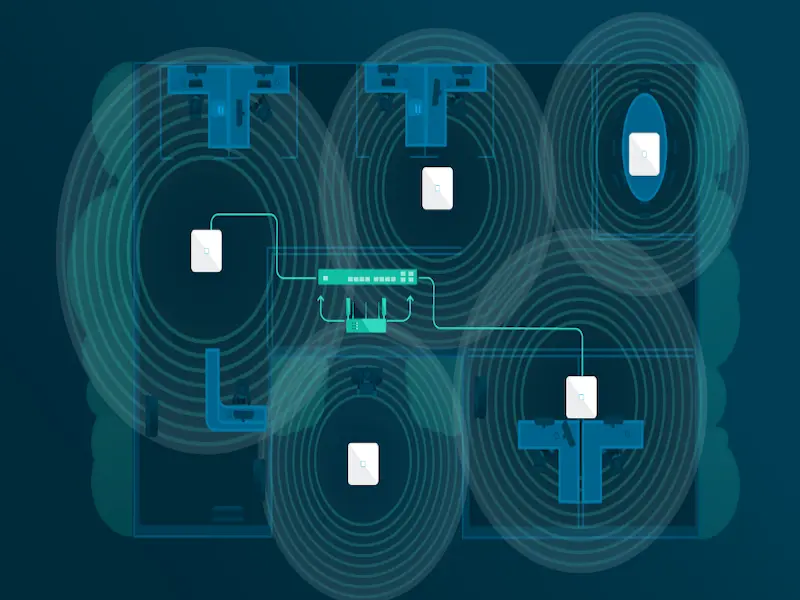- Wireless mesh networks provide extensive area coverage and eliminate dead zones by allowing devices to relay signals.
- These networks can easily expand by adding more nodes without requiring significant infrastructure changes.
- If one node fails, the network can automatically reroute data through other active nodes, ensuring uninterrupted connectivity.
The ways we connect devices wirelessly continue to evolve. One innovative solution gaining traction is the wireless mesh network topology. Unlike traditional network setups, a mesh network relies on multiple interconnected nodes to form a resilient communication system. This approach not only enhances coverage but also improves reliability, making it an attractive option for various applications, from smart homes to large-scale urban deployments.
Enhanced coverage and connectivity
One of the most significant advantages of a wireless mesh network is its ability to provide enhanced coverage across large areas. In a typical setup, each device connects directly to a central router, which can lead to dead zones and weak signal areas, especially in large homes, offices, or outdoor spaces. However, in a mesh network, each node communicates with its neighbors, effectively relaying information throughout the entire network. This means that as long as there is at least one node within range, users can maintain connectivity, eliminating frustrating dead spots and ensuring seamless internet access everywhere.
Also read: 5 common causes of slow internet connections
Also read: How does the Internet of Things impact our lives?
Scalability
Another major benefit of wireless mesh networks is their scalability. Traditional networks often require extensive infrastructure modifications when expanding coverage or accommodating new devices. With a mesh network, adding new nodes is as simple as placing another device within the existing network. Each additional node integrates automatically, extending coverage and improving overall performance without the need for complex setups or wiring. This feature makes mesh networks particularly appealing for businesses and organisations that anticipate growth or require temporary installations for events and gatherings.
Self-healing capabilities
Wireless mesh networks are inherently resilient due to their self-healing capabilities. In a traditional network, if a central router or a critical connection point fails, the entire network may go down, disrupting communications and services. Conversely, in a mesh network, if one node experiences issues, the system automatically reroutes data through other functioning nodes. This redundancy means that users experience minimal downtime, making mesh networks an excellent choice for mission-critical applications where consistent uptime is essential.
Cost-effectiveness
While setting up a wireless mesh network may seem costly initially, it can lead to significant savings over time. The ease of scalability means that organisations can start small and expand as needed, avoiding the hefty upfront costs associated with larger installations. Additionally, the reduced need for extensive cabling and infrastructure modifications contributes to lower installation costs. Maintenance is also simplified, as individual nodes can be easily replaced or upgraded without affecting the whole network.
Flexibility
Wireless mesh networks offer unparalleled flexibility in deployment. They can be utilised in various environments, from urban areas and college campuses to rural locations where traditional networking solutions may struggle. Since each node can be positioned in optimal locations based on user demand rather than being tied to a single wall outlet, organisations can create tailor-made networks suited to their specific requirements. This adaptability is crucial in today’s dynamic technological landscape, where demands can shift rapidly.

